1916 Rauch and Lang Electric Brougham
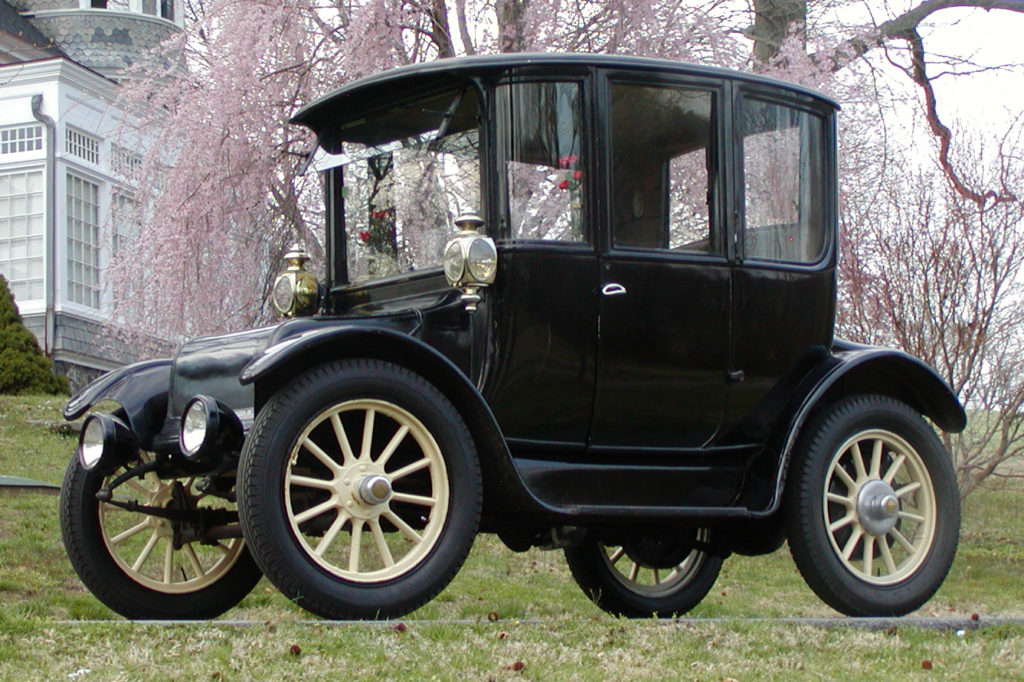
1916 Stanley Touring Model 725 1918 Stanley Touring Model 735
Want to see our founder Tom Marshall discuss the Electric Brougham? Check out this video from the official Marshall Steam Museum YouTube channel!
Tom Marshall: Electric Brougham
General History
Early electric cars boasted a top speed of 20–25 MPH and a range of only about 30 miles before needing to be recharged. While the cars were heavy and tiller steering was difficult, electric cars were frequently driven by women due to the ease of starting and absence of either a gasoline or steam engine to maintain.
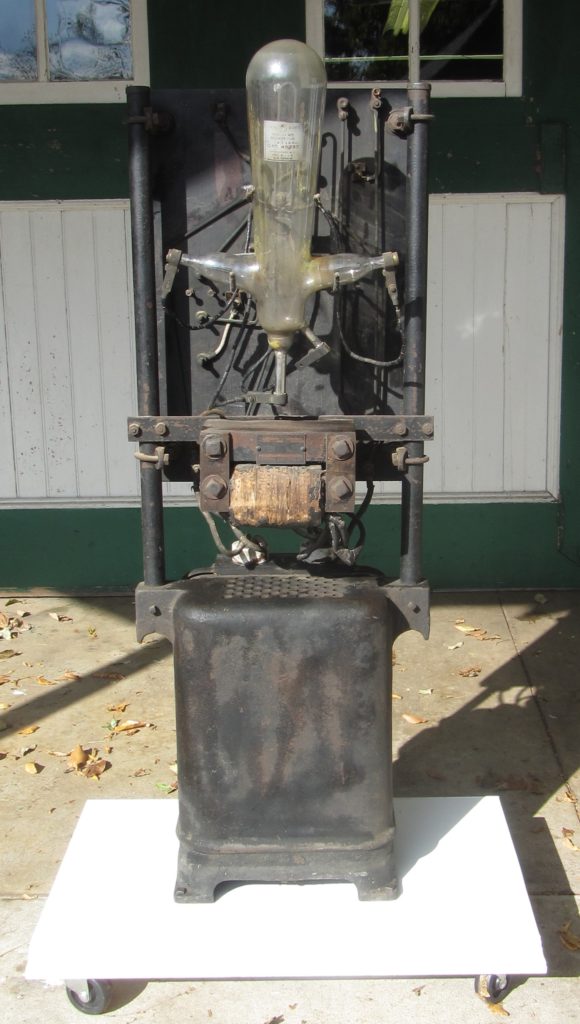
The Rauch & Lang and Baker Electric cars were closely connected for many years, and through 1916, practically identical lines were sold under both names. Baker built the power plants; Rauch & Lang built the bodies. Starting in 1917, the cars were sold only as Baker Electrics.
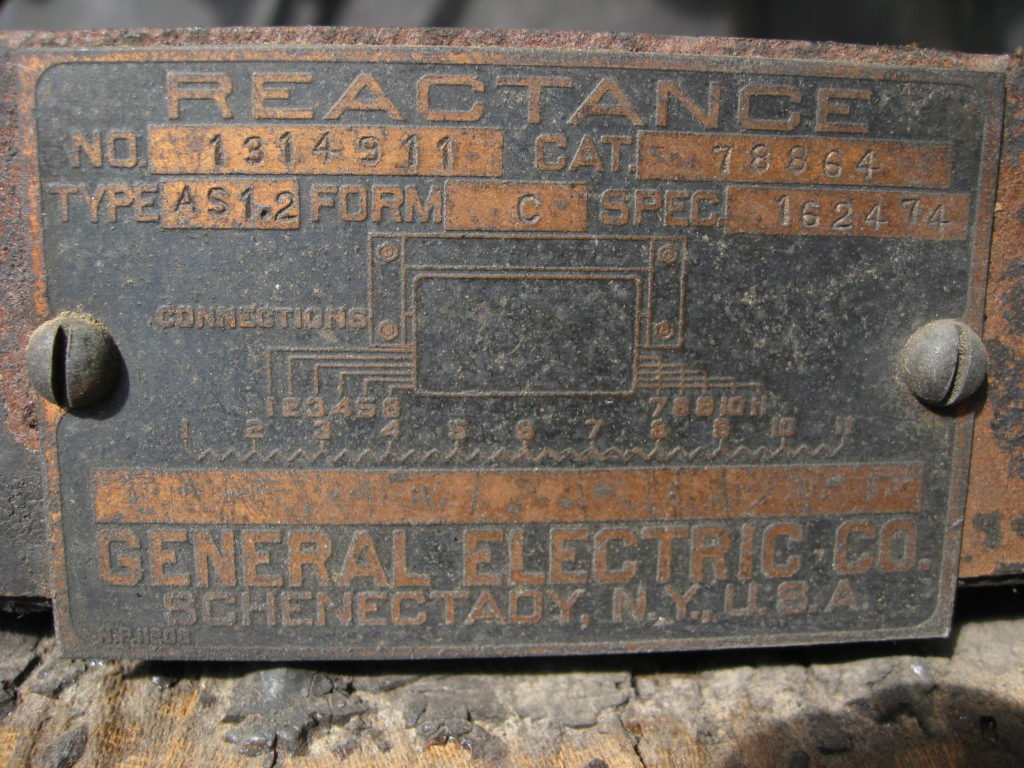
Want to learn more about how this car was powered? Check out this information from the Early Electric Car Association of Greater Washington D.C.
Early Electric Car Charging
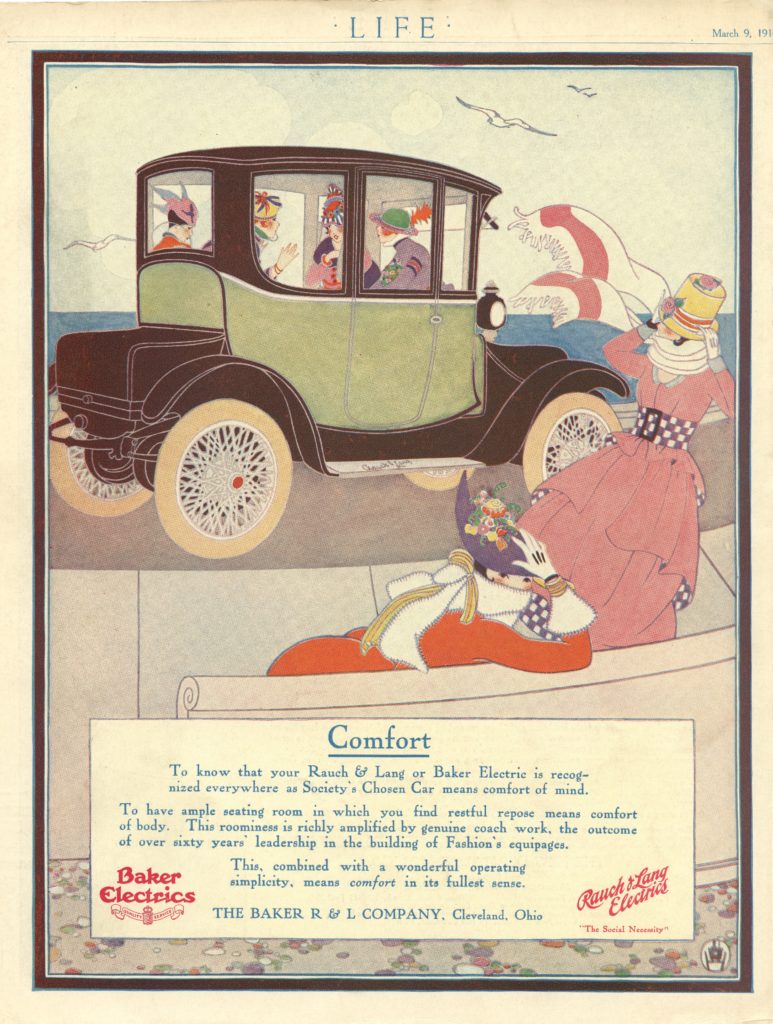
This Car’s History
Purchased about 1950 by Clarence Marshall from Spencer Sharpless of Wayne, Pennsylvania, this car had been in storage. A mercury-vapor type charger came with the car, but the vapor bulb had lost its vacuum, and attempts to charge the batteries were unsuccessful. In the early 1950s, a motor-generator charger was donated to the Marshall collection by Frank V. du Pont. The original-type batteries remained in the car until 2002.
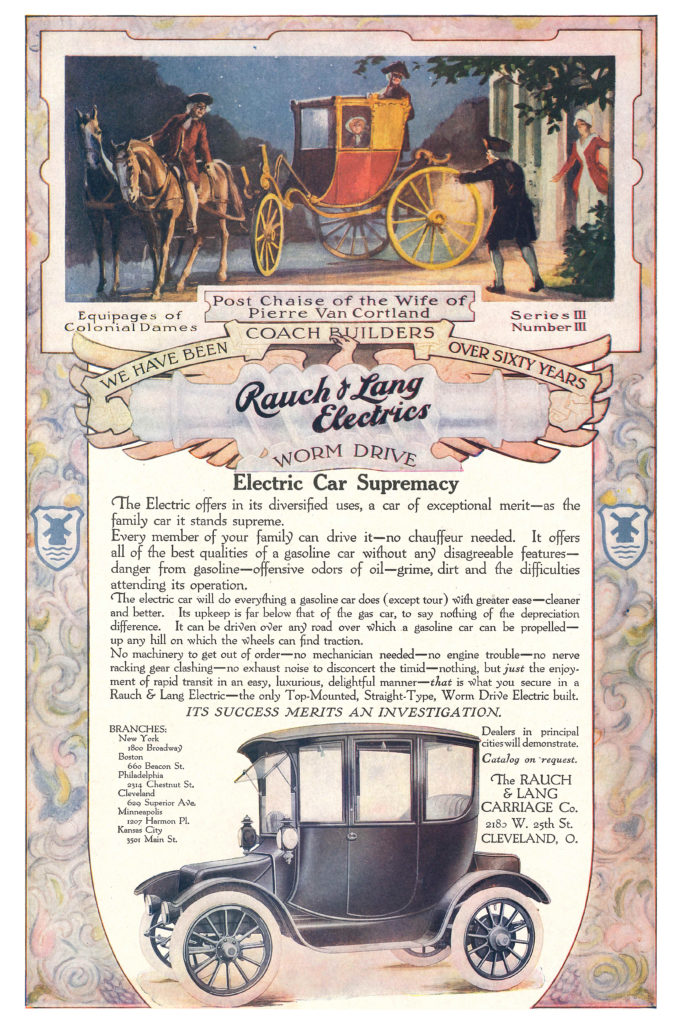
Restoration Work
The car stood as a static exhibit in the museum until late 2001, when members of the Marshall Steam Team took on the task of making it run again. They purchased and installed new deep-cell golf-cart-type batteries and activated the motor-generator charger. A small charger was soon installed next to the rear batteries to simplify the recharging process.
Specifications
Comparison Chart
| Model | Car Type | Passenger Capacity | Engine (Horsepower for Steam & Gas, Volts for Electric) | Weight (Pounds) | Wheelbase (Inches) | Original Cost (Year Released) | Today's Equivalent Cost (in 2015) |
|---|---|---|---|---|---|---|---|
Steam | 4 | 4.5 | 900 | 65 | 1901 | 17000 | |
Steam | 4 | 6 | 900 | 70 | 1902 | 18108 | |
Steam | 4 | 8 | 1000 | 78 | 1905 | 16900 | |
Steam | 3 | 30 | 1850 | 108 | 1907 | 47368 | |
Steam | 2 | 20 | 1350 | 100 | 1908 | 35526 | |
Steam | 4 | 10 | 1200 | 90 | 1908 | 20400 | |
Steam | 4 | 20 | 2200 | 115 | 1910 | 35000 | |
Steam | 7 | 30 | 4200 | 134 | 1912 | 57100 | |
Steam | 2 | 20 | 2500 | 115 | 1913 | 36700 | |
Steam | 4 | 10 | 2200 | 1913 | 32000 | ||
Steam | 5 | 20 | 2800 | 120 | 1913 | 38000 | |
Gas | 5 | 20 | 1200 | 100 | 1914 | 12000 | |
Steam | 4 | 10 | 2200 | 112 | 1914 | 34414 | |
Steam | 15 | 30 | 5000 | 136 | 1915 | 54635 | |
Electric | 5 | 90 | 3500 | 92 | 1916 | 60967 | |
Steam | 5 | 20 | 3400 | 130 | 1916 | 43004 | |
Steam | 7 | 20 | 3850 | 130 | 1918 | 40866 | |
Steam | 7 | 20 | 4200 | 130 | 1922 | 40866 | |
Steam | 7 | 20 | 4200 | 130 | 1924 | 36086 | |
Gas | 4 | 160 | 5450 | 142 | 1932 | 82288 | |
Gas | 7 | 175 | 6000 | 144 | 1937 | 74168 |
